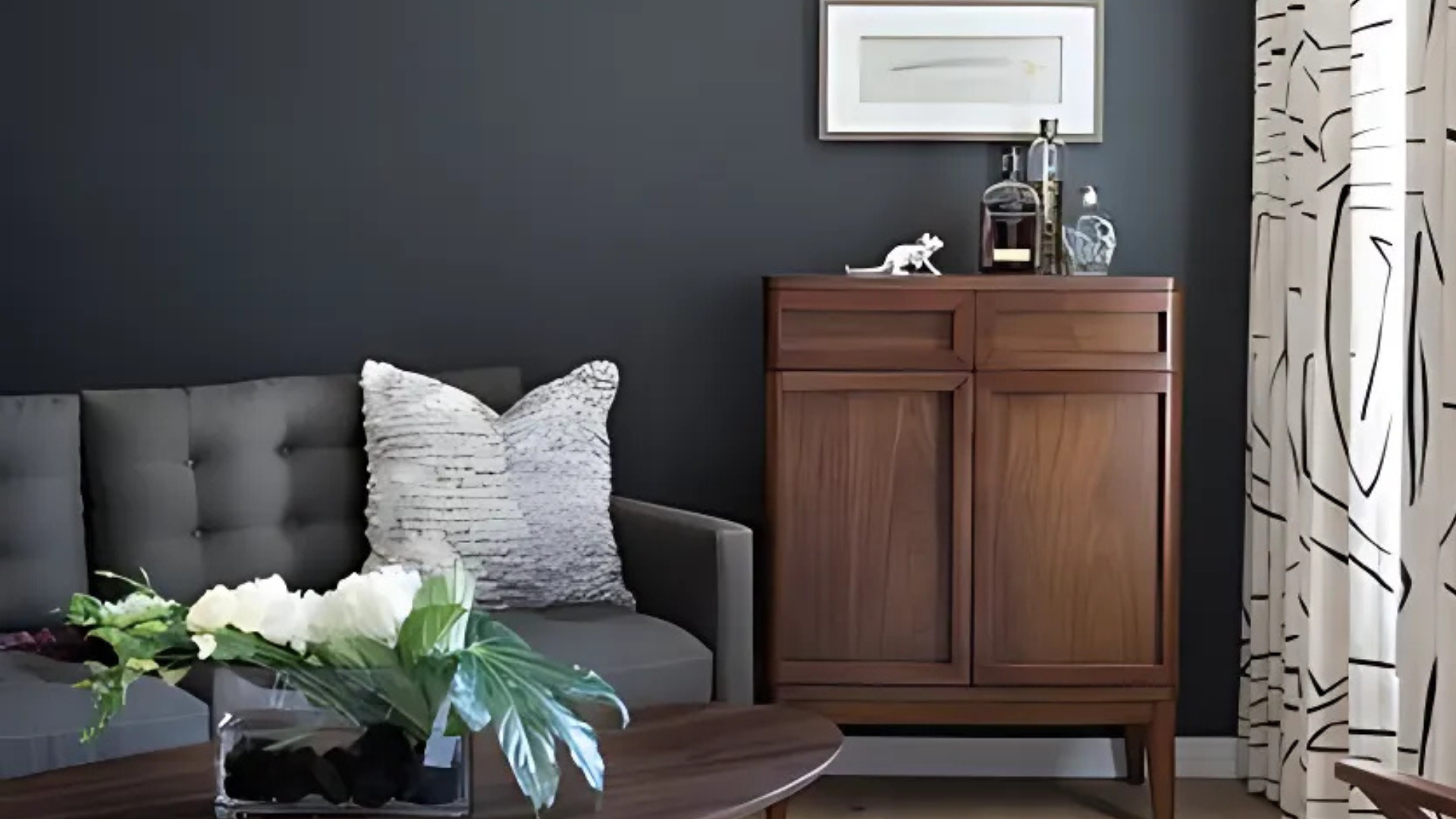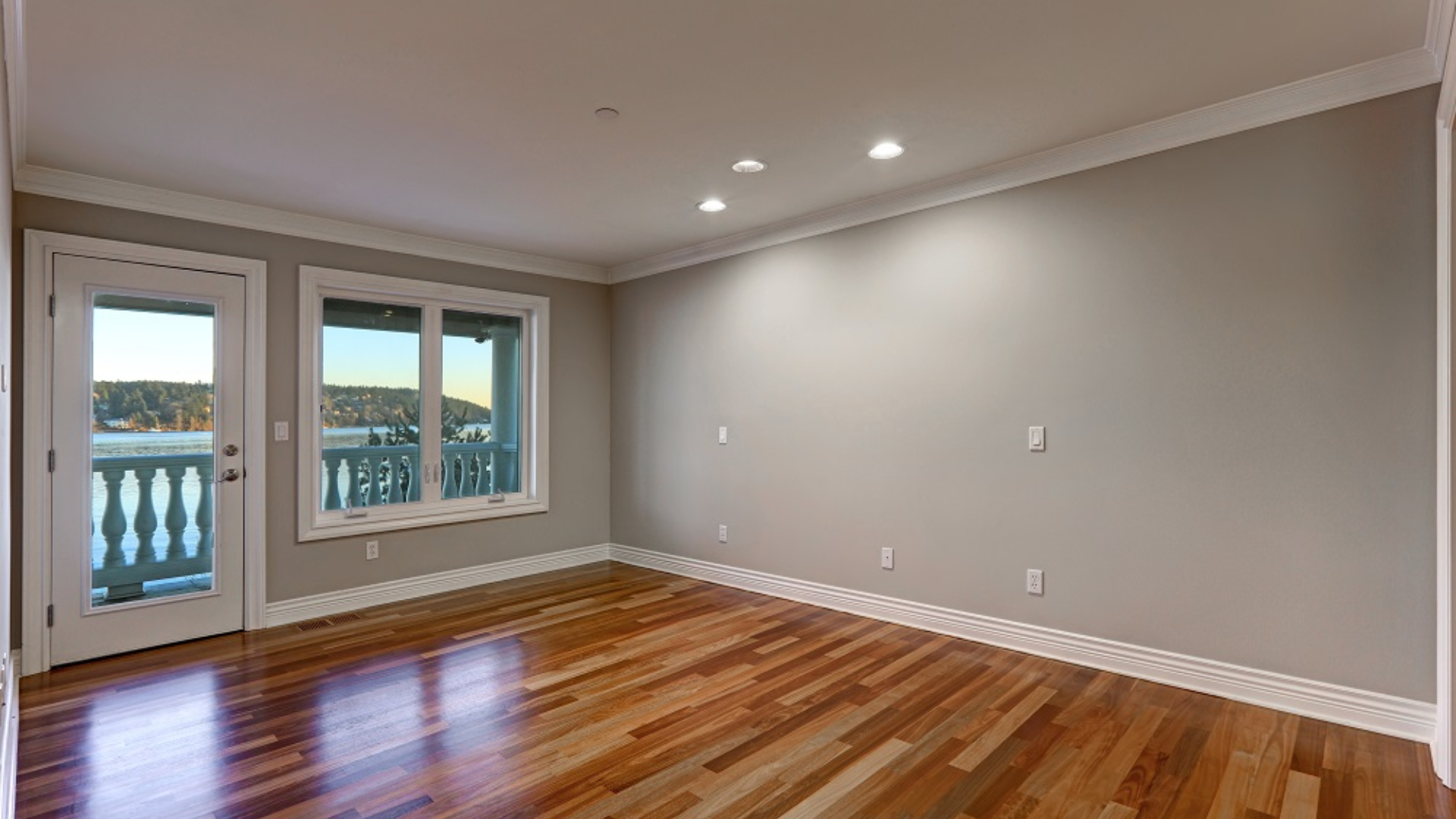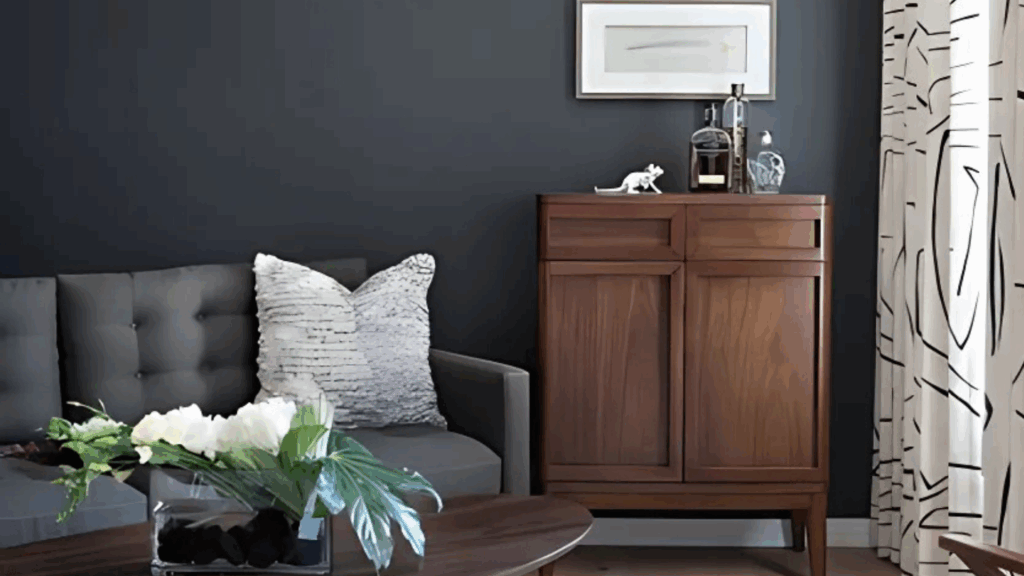Choosing the right paint finish matters just as much as picking the right color.
I learned that firsthand when I painted my living room, same shade, but different finish, and the results were night and day.
Satin finish quickly became one of my go-to options because of its smooth, soft sheen and reliable durability.
It works just as well on trim as it does on walls, offering a clean look that’s easy to maintain.
In this blog, I’ll walk you through what satin paint really is, what makes it stand out from other finishes, and why it’s such a popular choice for so many spaces.
You’ll learn about its key features, where it performs best, and how to get the most out of it during your next paint project.
If you’re looking for something practical yet polished, satin might just be your perfect match.
What Is a Satin Paint Finish?

A satin paint finish is a type of medium-sheen coating that offers a subtle glow without being overly shiny.
With a sheen level typically ranging from 25% to 35%, satin falls right between eggshell and semi-gloss on the finish spectrum.
This means it reflects more light than a flat or matte finish but doesn’t have the glossy, mirror-like effect of high-sheen paints. Satin paint has a soft, smooth texture that gives walls and trim a clean, polished look.
It’s ideal for those who want just a hint of shine to brighten up a room while still maintaining a warm, inviting feel.
The finish is refined enough for elegant spaces but tough enough to withstand light wear and moisture, making it a popular choice for both functional and decorative surfaces around the home.
Characteristics of Satin Finish

Satin paint offers a soft glow, solid durability, and easy maintenance, perfect for spaces that need both style and resilience.
1. Sheen & Appearance
Satin paint has a soft, gentle shine that reflects just enough light to brighten up a space without creating glare.
It adds a subtle depth and richness to walls, enhancing the room’s overall aesthetic.
Unlike high-gloss finishes that can overpower a space, satin offers a balanced glow.
This makes it ideal for those who want a polished yet understated look that works beautifully in both traditional and modern interiors.
2. Durability
Satin finish is known for being more durable than flat or matte paints.
It holds up well in rooms that see occasional scuffs, bumps, or contact, making it a reliable option for family living spaces.
It resists light moisture, so it’s also suitable for areas like bathrooms and kitchens.
This added strength means it maintains its appearance longer, even in homes with kids, pets, or high day-to-day activity.
3. Cleanability
Thanks to its smooth texture and low-porosity surface, satin paint is easy to clean.
A simple wipe with a damp cloth is often enough to remove fingerprints, smudges, or light stains.
This makes it especially useful in high-touch areas like hallways, children’s rooms, and stairwells.
Unlike flat paint, satin won’t absorb grime or show damage from light scrubbing, so you can keep your walls looking fresh with minimal effort.
Pros and Cons of Satin Finish
Satin paint offers a smooth, elegant finish with moderate sheen, perfect for spaces that need both style and durability.
| Pros | Cons |
|---|---|
| Offers a soft, elegant glow | Slightly highlights surface imperfections |
| Durable enough for moderate-traffic areas | Requires more surface prep than flat or matte |
| Easy to clean, wipes down well | Can show brush or roller marks if not applied evenly |
| Enhances color richness and depth | Touch-ups can be noticeable compared to flat or matte finishes |
| Moisture-resistant, suitable for kitchens and bathrooms | Not ideal for rough or heavily textured walls |
| Versatile, works on walls, trim, and furniture | A slight sheen may not suit ultra-minimalist aesthetics |
How Much Does Satin Paint Cost?
Satin paint typically costs more than flat or matte finishes but less than semi-gloss and gloss options.
On average, expect to pay $30 to $60 per gallon, depending on the brand, quality, and specific features like mildew resistance or low-VOC formulations.
While the upfront cost may be slightly higher, satin’s durability and ease of maintenance often make it a better long-term value for high-traffic or moisture-prone areas.
In addition to the base price, keep in mind that satin paint may require more thorough wall preparation, which could add to your labor costs if you’re hiring a professional.
Also, because satin typically needs two coats for proper coverage, you might use more paint compared to ultra-flat options.
However, its longer-lasting finish and lower maintenance needs can offset these extra expenses over time, making it a smart investment for frequently used spaces.
Best Places to Use Satin Paint

Satin paint is ideal for rooms that need both style and durability, offering a soft sheen that stands up to everyday use.
- Bedrooms: Offers a soft glow with enough durability for personal spaces.
- Living rooms: Adds elegance and resists occasional scuffs or fingerprints.
- Hallways: Durable enough to handle daily traffic and frequent cleaning.
- Kids’ rooms: Stands up to messes while maintaining a warm, cozy look.
- Kitchens and bathrooms (walls- not trim): Moisture-resistant and easy to wipe down.
- Laundry rooms: Handles humidity and frequent use with ease.
- Entryways: Create a welcoming first impression with easy maintenance.
How Satin Compares to Other Finishes
Satin sits in the middle of the sheen spectrum, offering a balance of durability and appearance that makes it more versatile than other finishes.
| Finish Comparison | Sheen Level | Durability & Cleanability | Flaw Concealment | Best Use Areas |
|---|---|---|---|---|
| Satin vs. Flat/Matte | Satin has a soft sheen (25–35%), flat/matte has almost none | Satin is more durable and easier to clean | Flat/matte hides imperfections better | Flat: ceilings, Matte: low-traffic walls, Satin: living spaces |
| Satin vs. Eggshell | Satin has slightly more sheen than eggshell (20–25%) | Satin is more durable and resists moisture better | Eggshell is slightly more forgiving | Eggshell: bedrooms, Satin: hallways, kitchens |
| Satin vs. Semi-Gloss/Gloss | Satin is less reflective than semi-gloss/gloss | Semi-gloss/gloss finishes are more durable and washable | Satin hides flaws better | Semi-gloss: trim/doors, Gloss: cabinets, Satin: walls |
Is Satin Paint Right for Your Space?
Satin paint is one of the most versatile finishes, making it a smart choice for many rooms in your home.
Its soft sheen adds just enough glow to brighten a space without overwhelming it, offering a polished look that works well in both traditional and modern settings.
If you’re painting a room that sees moderate traffic, like a hallway, living room, bedroom, or even a kitchen, satin provides a great balance between durability and style.
It’s also easier to clean than flat or matte finishes, which is helpful in spaces where walls are likely to get scuffed or smudged.
However, satin does show surface imperfections a bit more than lower-sheen paints, so prepping the wall properly is important. If you want a finish that holds up to everyday life while still looking sleek, satin might be the perfect fit.
Application Tips for Satin Paint
Satin paint offers a smooth, elegant look but requires proper technique to achieve a flawless finish.
- Prep walls thoroughly by sanding and cleaning to avoid highlighting flaws.
- Use high-quality brushes or rollers to minimize visible strokes.
- Apply two thin, even coats for the best sheen and coverage.
- Allow full drying time between coats to prevent streaks or tackiness.
- Maintain a wet edge while painting to prevent lap marks.
- Stir the paint thoroughly before and during use for a consistent sheen.
- Avoid painting in high humidity or extreme temperatures, as it affects drying and finish quality.
- Use painter’s tape to create clean lines around trim, baseboards, and ceilings.
- Feather out brush strokes to blend edges seamlessly.
- Work in small sections for even application and better control.
- Test the paint sheen in different lighting before applying it to the whole wall; it can look different under natural and artificial light.
- Sand lightly between coats using fine-grit sandpaper for an ultra-smooth finish.
- Clean tools immediately after use to keep them in good condition for touch-ups.
- Keep paint can lids tightly sealed to preserve leftover paint for future touch-ups.
Conclusion
Satin paint has become my go-to for rooms that need both durability and a touch of style.
Its smooth finish gives walls a soft glow without being too shiny, and it’s tough enough to handle everyday life in busy spaces like hallways, living rooms, and even bathrooms.
I’ve found it strikes the right balance between cleanability and elegance, making it a smart choice for most areas of the home.
If you’re after a finish that looks good, lasts long, and cleans up easily, satin might be exactly what your space needs.
Just remember to prep well and take your time during application, you’ll see the difference. Ready to refresh your walls or trim? Pick up a satin paint sample, test it on your surface, and bring new life to your home.
Have questions or need help choosing? Reach out, I’m happy to guide you.
Frequently Asked Questions
Can satin paint be washed or scrubbed?
Yes, satin paint is easy to clean and can handle gentle scrubbing, making it more washable than flat or matte finishes.
Does satin paint hide wall imperfections?
Not as well as flat or matte paint. Its slight sheen can highlight flaws, so proper wall prep is essential.
Can I use satin paint on trim or doors?
Yes, satin works well on trim and doors if you prefer a softer sheen than semi-gloss or gloss finishes.

